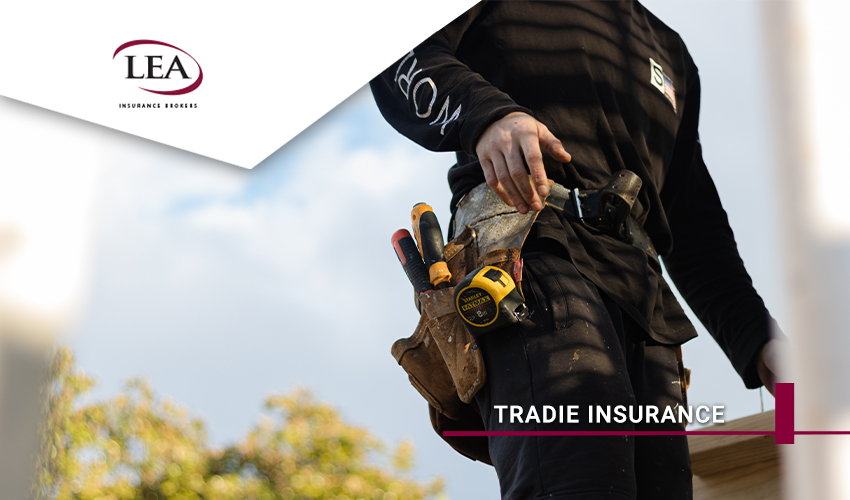
Are You Doing These Things To Save on Tradie Insurance?
Australia is experiencing increasing skill shortages, with trade occupations’ notching the highest demand, according to the National Skills Commission’s latest annual report. There are a whopping 65 trades listed on its Skills Priority List.
Chances are your tradie business has been run off its feet in your quest to meet demand.
When’s the last time you reviewed your insurance policies to make sure you’ve got the appropriate cover and are saving as much as possible? Here are some prompts to get you on the right track, and it’s not just about going for the lowest quote.
Pay yearly instead of monthly
Paying your premiums annually rather than monthly usually helps you save. As well, insurance companies give notice of increases, so it makes sense to pay the yearly amount just before that higher fee kicks in.
If annual payments don’t suit you, try half-yearly. Typically, you’ll save up to 4% paying every six months, and up to 8% for an annual payment. For commercial or business insurance, you can also choose to take advantage of premium funding. This means your business can pay your insurance premiums in easy to manage monthly instalments.
Choose a package over individual policies
As a tradie, you’ll have compulsory and opt-in insurances on your list, so they can all add up. Rather than take out separate policies, you can package them. Doing so usually earns you a discount, so you’ll pay less overall.
Let us know if business changes
This is a good prompt to check your current business operations, size and assets are a perfect fit for the cover you’ve secured. For example, if you’re an electrical contractor doing domestic work, but about to work on a mine site, that significantly changes your risk profile. Your premium would be triple that needed to cover domestic work.
Look to the policy exclusions and limits for each type of cover – do they sound right to you? We can help guide you through the fine detail.
Have the right levels of cover
For instance, your policy should reflect if you’ve insured your gear for $60,000 originally but have upgraded since. Perhaps you took out $10 million in public liability insurance, but a new contract means you need to up that, such as to $20 million. The reverse may also be so. Maybe a previous project required $20M public liability cover, but you’re tending to work on smaller projects now. Make sure you’re not paying for more coverage than you need.
A lower premium does not necessarily mean you’ll have lower protection. It’s about finding that sweet spot between insurance limits, exclusions, etc. and the cover you require.
We can help
The best way to save money or, more importantly, ensure you have adequate cover at the best price is to take advantage of our expertise. We have deep insights into the complex nature of business insurance. That means we can properly analyse your business, your profile and appetite for risk and draw on our knowledge to customise an insurance package that should not only save you money, but ensure you’re appropriately covered.
We aim to help you protect your business when the unexpected happens.
